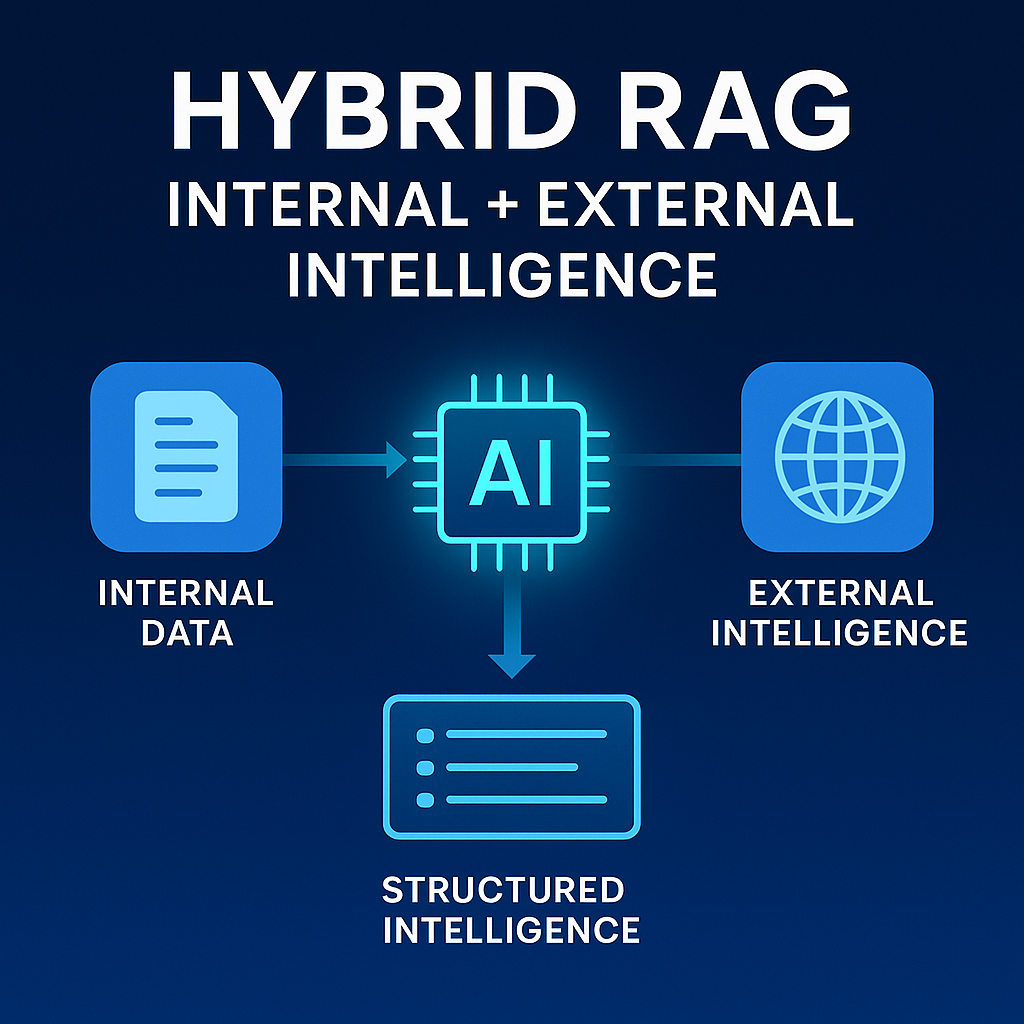The Driving Force Behind the Autonomous Vehicle Market
(Want to get insights into emerging tech on a more regular basis? Sign up for the official Traction Report newsletter here).

Self-driving cars no longer are the future; they’re here now, even if the vast majority of drivers still have never seen one on the road.
Someday soon, though — probably in the next five to 15 years — self-driving vehicles will be a common sight as automotive manufacturers and technology companies begin mass-producing autonomous vehicles that rely on a combination of AI, advanced sensors, the cloud, and analytics to operate.
So what’s driving the market for self-driving cars? It’s certainly not consumer demand: A recent AAA survey reveals that nearly 80% of Americans “are afraid to ride in a self-driving vehicle.”
While this reticence may be understandable, it isn’t necessarily logical. Numerous studies show that more than 90% of traffic accidents are the result of human error. Eliminate things like drunk driving, road rage, speeding, texting, or being a teenager, and tens of thousands of lives could be saved every year by relegating humans to passenger status.

Admirable a goal as saving lives is, the real fuel powering the self-driving car industry’s expected growth is economic. In particular, industries that rely on large fleets of vehicles — taxi services, transportation companies, even manufacturers — will purchase autonomous vehicles to improve operating margins through the elimination of costs (salary, training, benefits, liability insurance) associated with human drivers.
“Once you get the driver out, all the economics really change fundamentally,” WIRED Transportation Editor Alex Davies told members of WIRED’s Emerging Tech Council in a recent online session on self-driving vehicles. “This is the reason you’re seeing auto makers and tech companies just piling into this space.”
The numbers are compelling. Davies cited a recent Boston Global Consulting report which predicts that nearly 200,000 fully autonomous ride-hailing vehicles will be operating in 15 major cities by the year 2030. Each of those vehicles is expected to generate an annual profit of $13,000. Do a little multiplication and you get a $38 billion robot taxi industry in 15 cities alone.
More broadly speaking, this new market being pursued by auto manufacturers, ride-sharing services such as Uber and Lyft, and tech companies such as Waymo (which evolved out of Google) is about “mobility on demand,” which Davies calls “a whole new revenue source for companies like Ford, General Motors, and BMW who have spent the past century or more just building cars and selling them to people.”
Beyond the mobility market for consumers, self-driving technologies are infiltrating the trucking industry. Peloton Technology, for example, has developed a wireless- and cloud-based vehicle-to-vehicle communications platform that coordinates the braking and acceleration of two or more trucks traveling in tandem (or “platooning”) in order to make them “dramatically safer, more fuel efficient, and more operationally efficient,” said founder and CEO Josh Switkes.
Platooning still requires humans to steer both trucks, but Switkes said the next step for Peloton is to enable automated following, where “one or more rear trucks are fully automated for either the entire journey or part of the journey.”

And Clearpath Robotics, which is developing fully autonomous, “Level 4” vehicles for industrial and manufacturing sites, is perhaps foreshadowing where we are going with driverless vehicles generally. CEO Matt Rendall, who also presented to the Emerging Tech Council, notes that the benefits of self-driving vehicles are low capital and operating expenses combined with high flexibility and scalability. When he puts it that way, it seems kind of inevitable.
However, there is still a lot of convincing to do. The notion of commuting to work in a self-driving car — or driving on a highway next to a driverless car or truck — is scary to 78% of Americans, according to that AAA survey.
But look at it another way: 19% of respondents said they would trust riding in a self-driving vehicle, while 44% said they would feel no less safe sharing the road with self-driving vehicles. Those percentages would have been much lower a decade ago. They’ll only go up as public familiarity breeds acceptance.
How can Traction Technology help?
Traction Technology is a ground-breaking platform engineered expressly to eliminate internal innovation silos, thereby enabling enterprises to seamlessly collaborate and align their business needs with promising technologies. By providing dynamic features that promote collaboration and innovation, they aim to accelerate digital transformation in the enterprise.
Here's how Traction Technology can help:

Discovery of Relevant Startups: Traction Technology helps established companies discover relevant advanced technologies aligned with their strategic goals and innovation areas. It curates startups based on different industries, technology trends, and areas of business interest, making it easier to find potential partners or investment opportunities and share this information across the enterprise.
Collaboration and Engagement Tools: Traction Technology offers tools that help manage the engagement process with startups. It provides a structured approach to evaluating, tracking, and managing interactions with multiple startups across multiple project and pilots, improving efficiency and collaboration.
Data-Driven Insights: The platform provides data-driven insights to help make informed decisions. This includes information on startup funding, growth indicators, customers and competitors, which can help in assessing potential startup partnerships.
Innovation Pipeline Management: Traction Technology aids in managing the innovation pipeline. It helps companies capture ideas and request and track innovation projects, monitor progress, and measure results in real time, promoting a culture of continuous innovation.
Track KPIs and Generate Custom Reports: Effortlessly track Key Performance Indicators (KPIs) with real time dashboards and generate custom reports tailored to your organization's unique requirements. Stay
.png)
ahead of the curve by monitoring projects progress and engagement.
By leveraging a platform like Traction Technology, established companies can gain a competitive edge, driving their digital transformation journey and adapting to the fast-paced business environment. It supports the integration of startup agility, innovation, and customer-centric approach into their operations, which is critical for success in the digital age.
About Traction Technology
We built Traction Technology to meet the needs of the most demanding customers, empowering individuals and teams to accelerate and help automate the discovery and evaluation of emerging technologies. Traction Technology speeds up the time to innovation at large enterprises, saving valuable time and money by accelerating revenue-producing digital transformation projects and reducing the strain on internal resources, while significantly mitigating the risk inherent in working with early-stage technologies.
Let us share some case studies and see if there is a fit based on your needs.
Traction Report Update: 23 ways AI could transform your business in 2023.
For more information
● Explore our software and research services.
● Download our brochure: How to Evaluate Enterprise Startups.
● Watch a demo of our innovation management platform and start your free trial.








.webp)